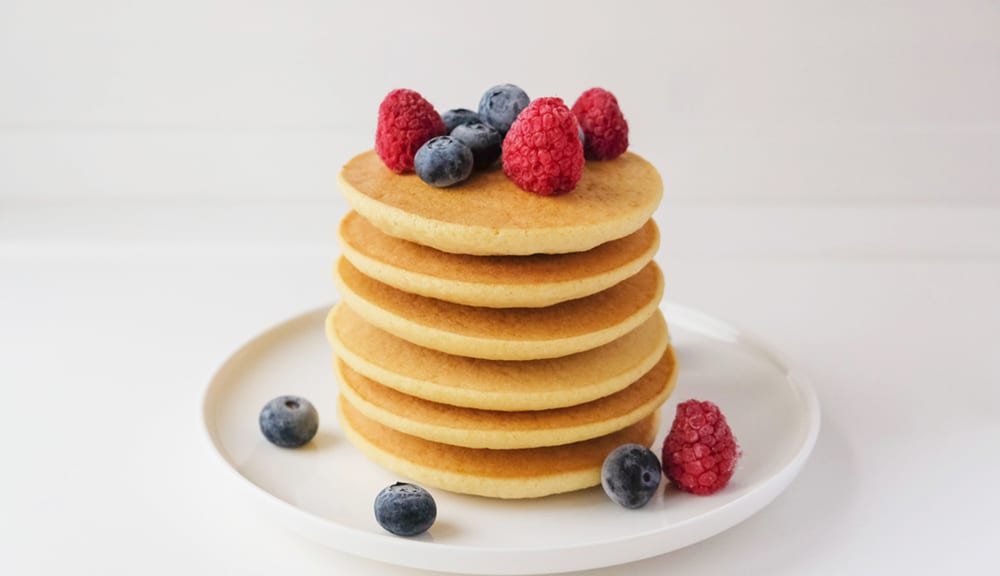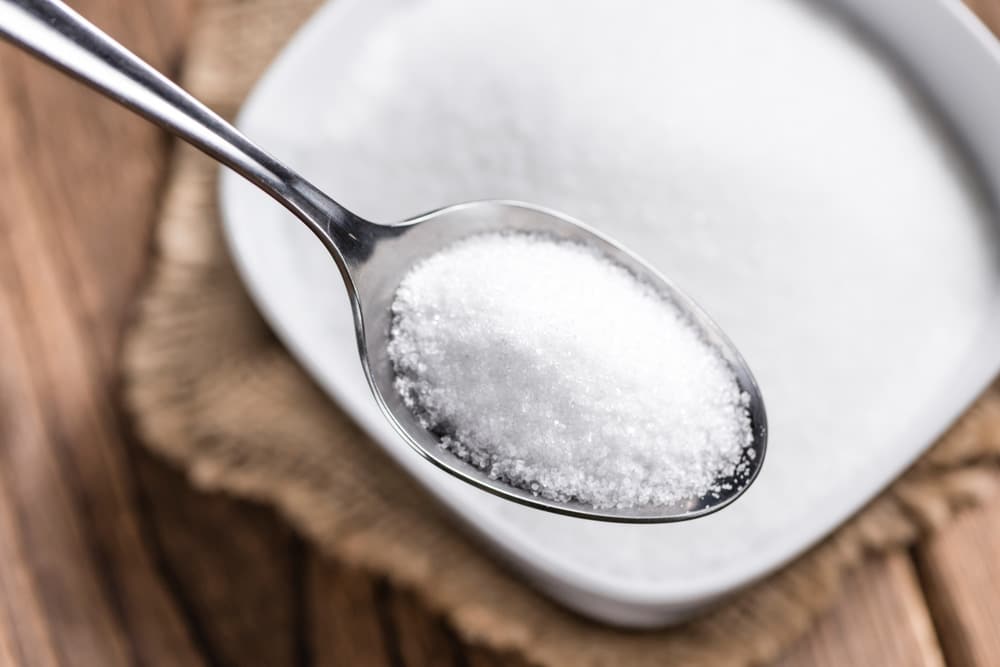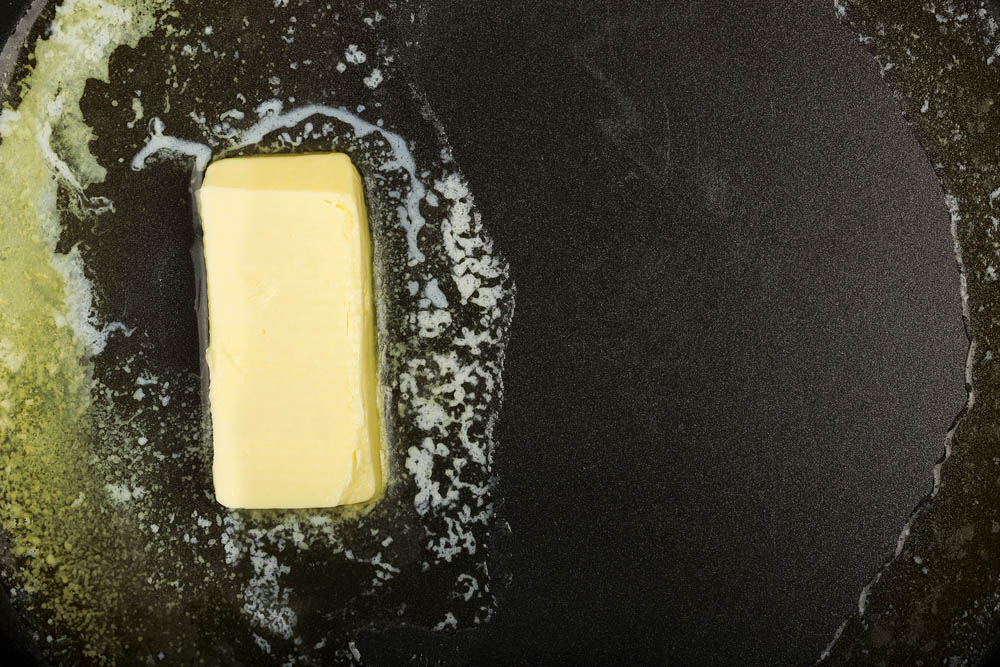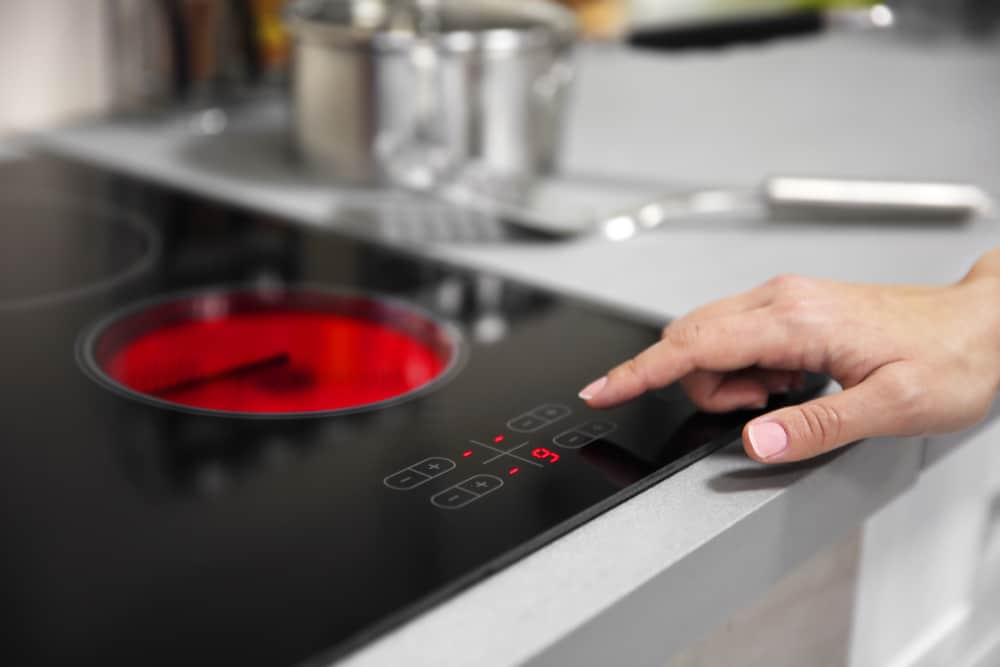
Pancakes, crumpets, crepes, or flapjacks – the names are a little mixed up all around the world but these delicious breakfast (or anytime) treats are all made from a similar basic batter. The batter usually consists of flour, eggs, milk, sugar and often a raising agent.
Pancakes taste good with sweet or savory accompaniments such as syrup, honey, bacon, ham, jam or berries and yoghurt. Making pancakes is simple but getting them the perfect color and texture can be a little tricky.
It’s important to do them on a hot griddle or non-stick frying pan. One of the most common questions asked by home cooks is, “Why are my pancakes white?”
If you are also having problems regarding the color of your pancakes and feel that yours are too pale, then feel free to give our article a thorough read as it will provide you with some reasons behind the white color of your pancakes.
Why Are My Pancakes White?
Normally, the color of a perfectly cooked pancake is golden to light brownish. However, there are many reasons which may result in the pale whitish color of your pancakes.
- The Type of Milk
Lactose is responsible for the perfectly golden brown color of a well-cooked pancake. If you have used chemically or enzymatically treated milk or soy milk in your pancake batter, it will not do the job as well as dairy milk.
Therefore, we would recommend changing the type of milk that you are using. Also, if the recipe you are using includes butter in it then you should not use buttermilk or yogurt.
If you are using the right type of milk but your pancakes aren’t browning nicely, then we suggest adding more milk to the pancake batter.
This might help solve the issue as it will provide more lactose which will result in a golden-brown color once the pancakes begin cooking. Just be careful not to make the batter too runny.
- Sugar
Decent quality sugar also plays a crucial role in obtaining the right color of a pancake. If you aren’t getting the desired color, chances are that you are using an artificial sweetener or a mixture.
This will not only make the pancakes look pale, but they will also taste unpleasant. For a lovely golden brown color on your pancakes, we highly encourage you to use pure sugar or a mixture of sugar and fructose. The fructose will cause the pancakes to brown better.
Also, it is worth mentioning the fact that HFCS or glucose syrup browns much better than regular sugar.
- Old Baking Powder/Baking Soda
The baking soda or baking powder that you are using in your pancake recipe may have expired. Also, using a substandard quality baking soda will affect the color of the pancake.
In such a case, your pancake will not achieve the right color or the fluffiness that is usually expected in a pancake. Be sure to use a decent quality baking soda when cooking pancakes.
You should also keep a check on the expiry date of baking soda when buying it and recheck the expiry date when you need to use the soda. The date is usually written on the packaging.
- Pan’s Temperature Is Not Right
Another reason for the white color of your pancakes could be that your frying pan is at the wrong temperature. Do not pour pancake batter into a cold pan.
The pan should be heated over a high flame until a few drops of water bubble and evaporate immediately when splashed on the pan. Home cooks often underestimate how high the temperature needs to be to cook a perfect pancake.
Put the pan onto the heat with the butter or oil and heat this up well before adding the batter. If you are unsure whether it’s hot enough, add a drop of batter to the pan. It should begin cooking and bubbling up instantly.
- Using the Wrong Pan
If you have been using a ceramic pan to cook your pancakes, try switching to a nonstick pan for perfect results every time.
You need less butter in these pans too and, provided you heat them well before adding the batter, they will produce beautiful golden pancakes without sticking.
- Using an Electric Stove
Of course, you can still make pancakes if you have an electric stove instead of a gas cooker but you must remember that these stove plates heat up slowly. It will take a lot longer for the frying pan to heat up enough to pour the dough in.
The best stove for cooking pancakes (and pretty much anything else) is a gas one as it gives you instant heat.
We hope our tips will help you get your next batch of pancakes exactly right – soft and fluffy on the inside and crisply golden brown on the outside.
Now that you know about using the right pan, temperature, sweetener type, milk, raising agents and more, we’re sure your next batch of pancakes will be perfect.


